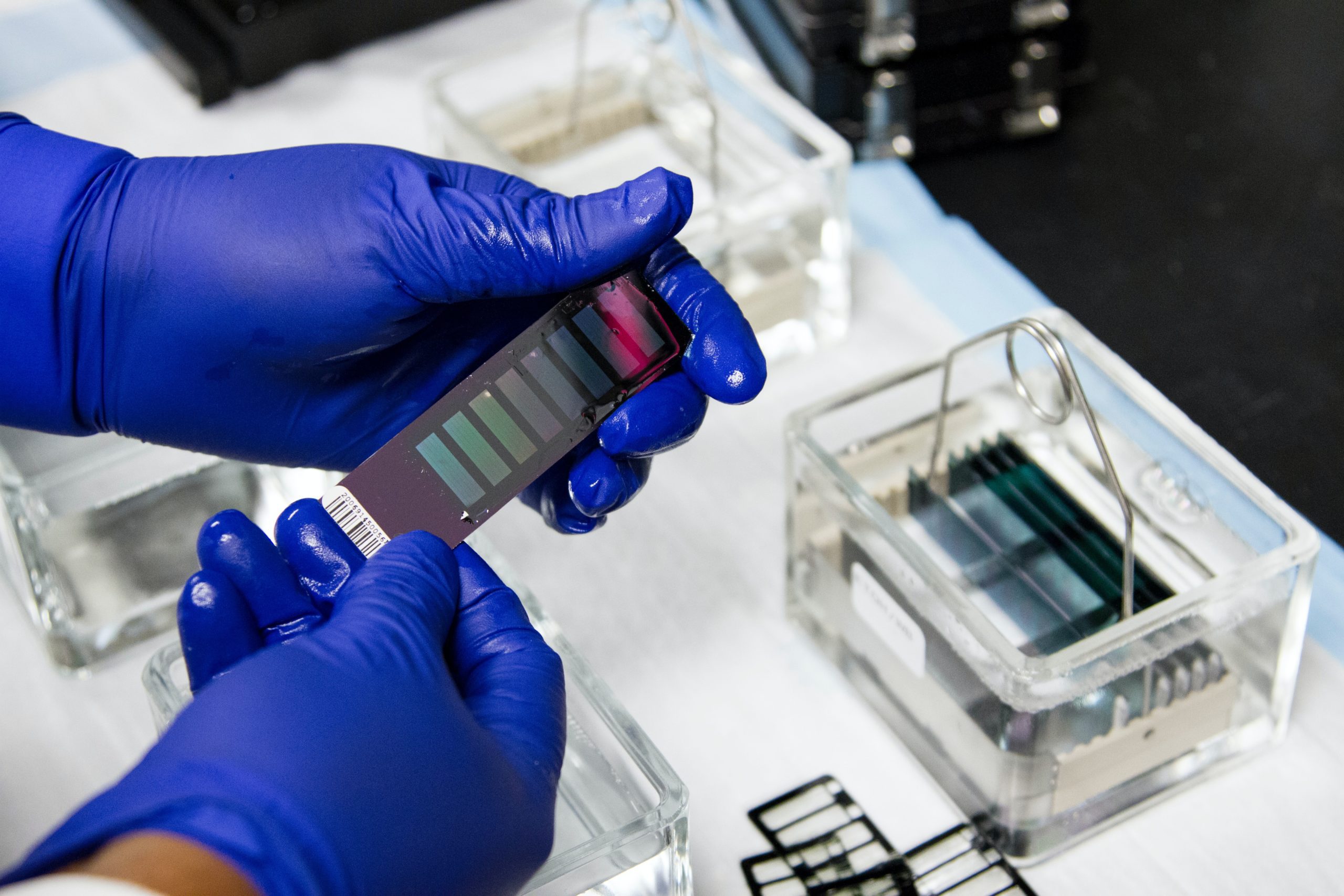Why R? The next innovation in Pharma
All industries drive innovation. The pharmaceutical industry is no different — except that their innovations improve or save lives. The clinical trial process is an important activity that any drug or medical device company works with daily. This is often a target for innovations so that they can improve activities within the trial process. For years, the industry has been dominated by SAS software for its statistical and clinical reporting. Organizations are now actively starting to use other technologies with the R language being heavily adopted.
R has been used by pharmaceutical companies for non-submission work for some time. Simulations, journal articles and other types of research have leveraged R. The FDA has also used R for a variety of tasks such as checking SAS-generated results from companies. It is evident that the interest in the use of R in clinical submission work has been slowly building for over a decade; and now the growth is at an all-time high. Let’s examine some of the reasons.
Cost Considerations
R is an open-source language, meaning that a user can install and begin using R for free. They can add more functionality (aka “packages”) any time without going through a process of contacting the software company, paying extra license fees, waiting for the company to make the software available, etc.
While R is free to use and experiment with in a development desktop environment, full adoption of R requires a server-based, validated R environment. The total cost of ownership for moving to R must be weighed against ongoing SAS fees. By leveraging open source and reducing the dependency on expensive licensed software, important financial resources can be re-allocated.
Business Agility
The number of new R packages is rapidly increasing as more and more developers contribute to the open-source community. The rapid growth in innovation around the R language has been impressive. R users can install and begin using these packages within minutes. This gives researchers great flexibility in trying out new methods to extract value from their data within hours instead of weeks or months.
Talent Pool
Academic settings have been using R more and more in their classes. The students coming out of statistics and data science programs today are incorporating more and more open-source languages, such as R, along with SAS. The pharmaceutical industry today is investing heavily in R. The demand for pharma companies to train their clinical submission workforce in R will continue to increase exponentially. However, the process of learning R can be difficult for workers trained only in SAS.
R Maturity
Clinical submission work has many requirements and guidelines. The big pharma companies have been investing heavily in developing tools in R to make it viable to use R for submission work. A few big hurdles to date in leveraging R have been creating a validated R environment, being able to create submission-quality tables, listings, and figures, and getting their programmers and developers trained in R. Significant work is being performed to build clinical trial-specific packages to be leveraged by the industry. In addition, advanced R training programs like the Experis® Accel2R program are commercially available that target these clinical needs. These hurdles are aggressively getting solved, and this should open the doors for more widespread adoption of R in clinical submission work.
Conclusions
We are at a point of rapid adoption for the R language. Big pharma is already well invested in moving to R. Exponential demand for new R resources and the training of current staff in R is upon us in the pharmaceutical industry. Combining the power of R with SAS for clinical submissions will fuel innovation, research and cures to the consumer at a faster pace. Don’t miss this train!

